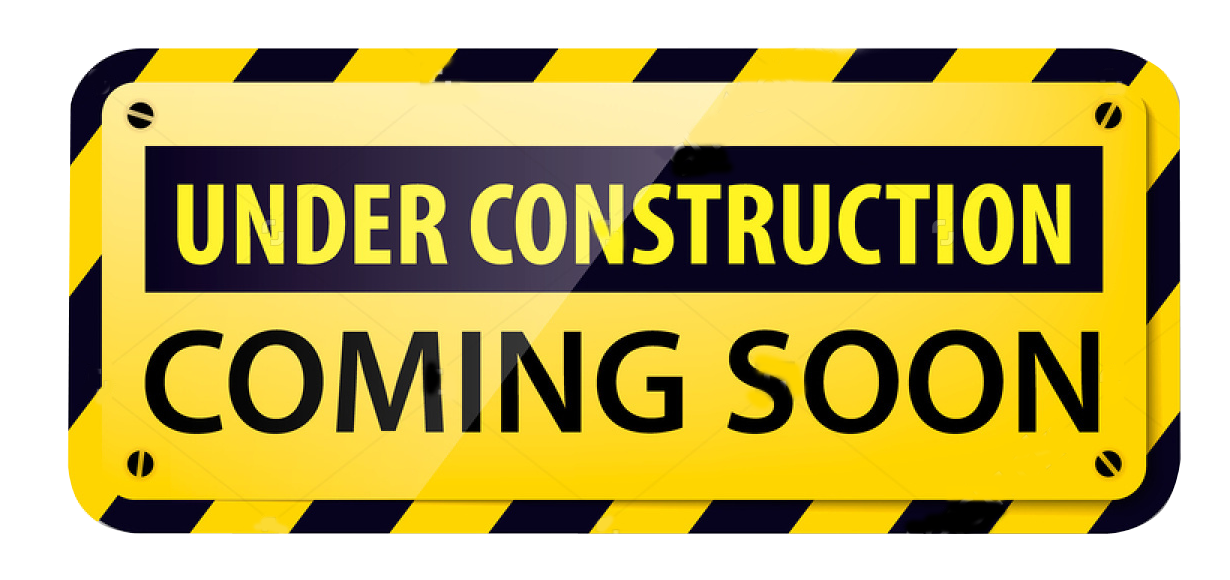What is OpenSpace Agility (OSA)?
OpenSpace Agility (OSA) is a repeatable technique for getting rapid and lasting Agile adoption. It works with what you are currently doing, and can be added at any time.
In OSA, executive leaders are very much in charge of the process. When using OSA, leaders clearly communicate two key aspects:
- An overall Agile direction.
- A very clear set of guardrails or limits or rules for everyone involved: the developers, teams, and stakeholders.
By focusing on employee engagement, as a leader you can expect the following outcomes:
- A dramatic reduction in the coaching & training costs of your Agile program
- A rapid, genuine, and lasting Agile transformation
- Much higher employee engagement scores
- Predictable, reliable, repeatable improvement in overall results
- Increases in stakeholder satisfaction and potentially, stakeholder delight
- These steps are repeated in an iterative fashion.
- OpenSpace Agility actually embodies the Agile principles of iteration, experimentation, frequent inspection, and improvement. OSA implements Agile in a very Agile way.
- Any Agile framework is acceptable for use with OSA.
- You can think of OSA as a process for introducing that framework.
Step 1: Leadership and Enterprise Preparation
- Leaders Define Clear Direction.
- Leaders explain "the why" of the Agile direction, by citing the business opportunities, the business challenges, and the need for continuous improvement.
- Leaders Define Clear Guardrails and Rules.
- Define and describe some very clear boundaries and guardrails.
- These guardrails are the 12 principles of the Agile Manifesto.
- Practices that align with these 12 principles are acceptable for teams to use.
- Collection of Starting Key Performance Indicators (KPIs).
- OpenSpace Agility uses evidence-based metrics.
- Before working in an Agile way, a baseline set of measures is taken.
- These measures serve as both a diagnostic, to surface issues, and as a metric, for a subsequent before-and-after compare.
- Training In Agile Fundamentals.
- Teaching in Agile principles and practices is offered to everyone.
- All stakeholders and team members are encouraged to attend.
- No Mandate of Specific Practices.
- Leaders offer opportunities for teams to choose from a range of Agile practice options within a well-defined container.
- Several very specific measuring instruments are utilized during this preparation step.
Step 2: Initiate the process using an all-hands "OpenSpace" meeting
- The first OpenSpace meeting:
- This is a facilitated all-hands meeting of at least one day that is authorized by executive leadership.
- The executives lead the way. This is the formal kick-off of your Agile journey. It sets the stage for the org-wide learning, engagement, and improved results that follow.
Step 3: Initiate Agile practices across the enterprise
- Teams are authorized to use practices that align with the Agile Manifesto.
- The outputs from this step include:
- More predictable and reliable software deliveries
- Enormous levels of Agile learning… up, down, and across the organization.
- Dramatically higher levels of employee engagement
- The collection-specific metrics to measure results, and inform the next steps
Step 4: Complete the process in OpenSpace
- The Second OpenSpace meeting.
- It is both a retrospective and a prospective one.
- The organization looks back, and forward (making actionable plans).
- As a result of this process, you can expect:
- Your process to tangibly mature and improve.
- You can expect your entire organization to engage in the difficult business of customizing and tailoring the Agile process to your context, in service to continuous improvement.
Step 5: Inspect Results and Adapt
- When this step is reached, the multi-team iteration (or "chapter of learning") is complete.
- The results are inspected. Executives encourage engagement in the process of continuous improvement.
- Adjustments are made and the next cycle of 45 to 100 days is planned.



